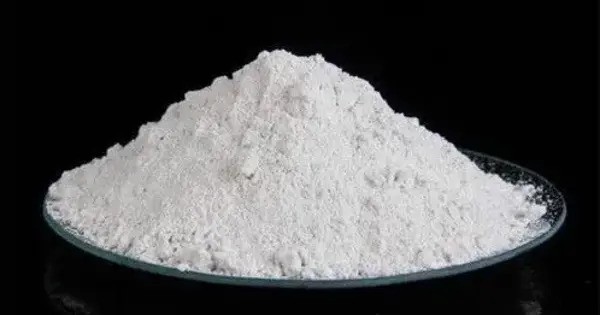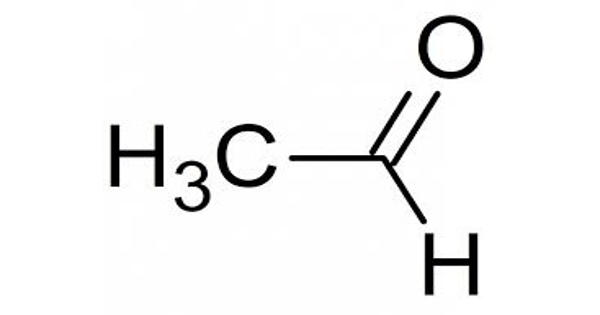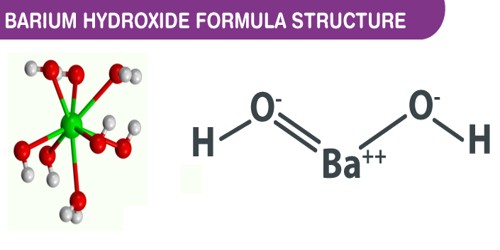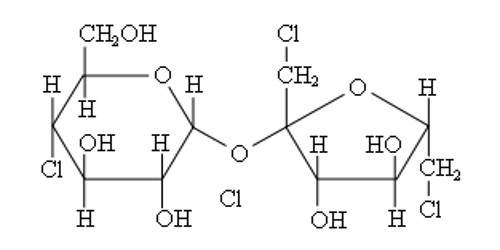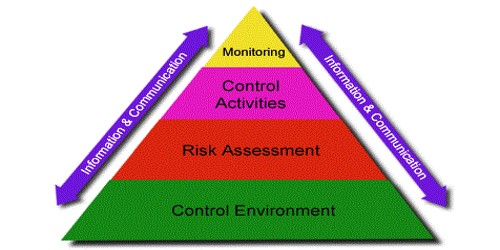Barium selenide is an inorganic compound, with the chemical formula of BaSe. It is a white solid although typically samples are colored owing to the effects of air oxidation. It’s a type of selenide where barium is combined with selenium. This compound is typically found as a crystalline solid and has applications in various fields, including materials science and electronics.
BaSe has the lowest energy band gap among alkaline earth chalcogenides. It is usually a grayish or black crystalline solid. It crystallizes in a structure similar to that of rock salt (NaCl), forming a cubic lattice.
Preparation
Barium selenide can be obtained by the reduction of barium selenate in hydrogen flow:
BaSeO4 + H2 → BaSe + 4 H2O
It can also be obtained by reacting selenium with barium carbonate or barium oxide at high temperature:
2 BaCO3 + 5 Se → 2 BaSe + 3 SeO2 + CO2
Barium selenide is produced synthetically through chemical reactions, typically involving the reduction of selenium compounds with barium sources. For example, it can be prepared by reacting barium chloride (BaCl₂) with sodium selenide (Na₂Se) in a controlled environment.
Properties
Barium selenide has interesting electronic properties and is often studied for its semiconductor characteristics. It is relatively insoluble in water, but it can be soluble in acidic solutions. It is a semiconductor with some interesting electronic properties that can be useful in electronic applications.
- Chemical formula: BaSe
- Molar mass: 216.298 g·mol−1
- Appearance: white solid
- Crystal structure: NaCl type (cubic)
- Molecular Weight: Approximately 137.33 (barium) + 78.96 (selenium) = 216.29 g/mol.
- Density: Around 5.14 g/cm³.
- Melting Point: It does not have a well-defined melting point because it can decompose before melting.
Natural Occurrence
Barium selenide is not found in nature as a pure compound. Selenium occurs naturally in minerals such as selenite and selenate, while barium is found in minerals like barite (BaSO₄) and witherite (BaCO₃). The combination to form barium selenide usually occurs in laboratory settings or industrial processes.
Applications
Semiconductor Applications: Barium selenide is studied for its semiconductor properties and is used in research related to electronic devices and materials science.
Safety and Handling
Both barium and selenium compounds can be toxic, so handling barium selenide requires caution. It should be managed in a controlled environment with appropriate safety measures to avoid exposure.
